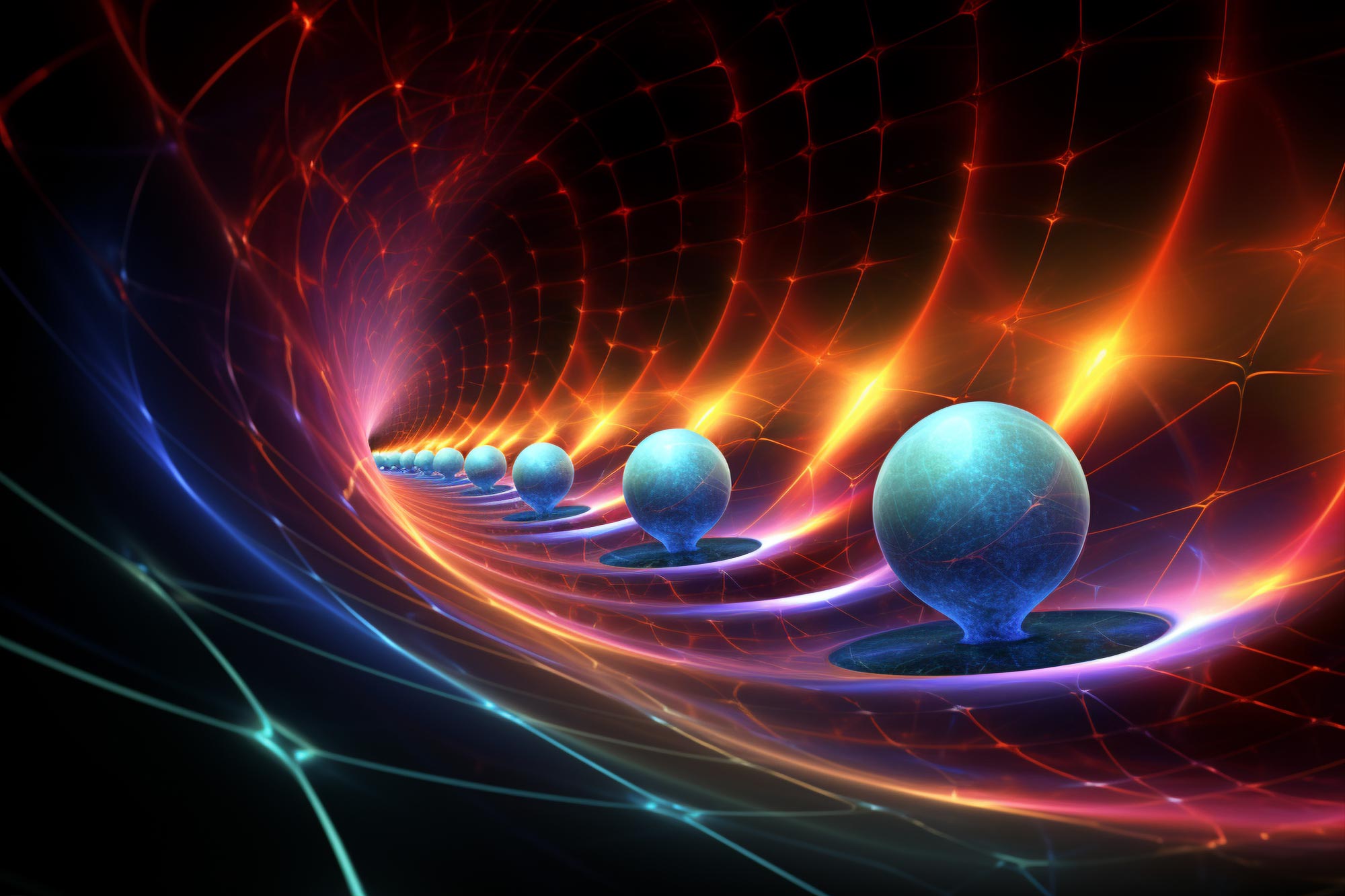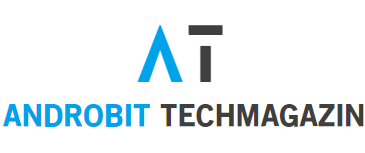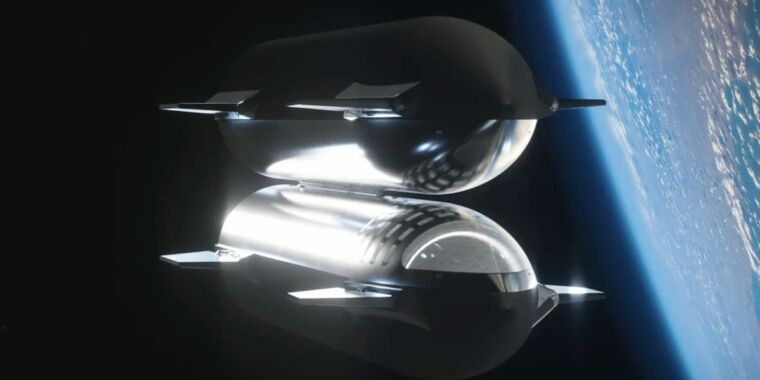
A kutatók példátlan pontossággal megerősítették a fizikában azt az alapvető feltevést, hogy a tömeg különböző tulajdonságai, mint a tömeg, a tehetetlenség és a gravitáció, mindig egyenértékűek, függetlenül az érintett tömeg konkrét összetételétől. Ez megerősíti az ekvivalencia elvét, amely elengedhetetlen Einstein relativitáselméletéhez, és foglalkozik a klasszikus és a kvantumfizika közötti különbség kritikus pontjával.
A Hannoveri Leibniz Egyetem és a Brémai Egyetem kutatócsoportjai megerősítik az egyenértékűség egy másik elvét.
A tudósok fél évszázados holdlézeres mérési adatokkal igazolták százszor nagyobb pontossággal, hogy minden tömegtulajdonság egyenlő. Ez a megállapítás nagymértékben alátámasztja Einstein ekvivalencia-elvét, amely a relativitáselmélet egyik sarokköve.
Az alapvető fizika egyik legalapvetőbb feltételezése, hogy a tömeg különböző tulajdonságai – a tömeg, a tehetetlenség és a gravitáció – egymáshoz képest mindig ugyanazok maradnak. E ekvivalencia nélkül Einstein relativitáselmélete ellentmondásos lenne, és a jelenlegi fizika tankönyveket át kellene írni. Bár minden eddigi mérés megerősíti az ekvivalencia elvét, a kvantumelmélet feltételezi, hogy megsértésnek kell lennie. Az Einstein-féle gravitációs elmélet és a modern kvantumelmélet közötti eltérés az oka annak, hogy az ekvivalencia-elv szigorúbb vizsgálata különösen fontos.
A Brémai Egyetem Alkalmazott Űrtechnológiai és Mikrogravitációs Központjának (ZARM) csapata a Hannoveri Leibniz Egyetem Geodéziai Intézetével (IfE) együttműködve sikeresen bebizonyította, hogy ez 100-szor nagyobb.[{” attribute=””>accuracy that passive gravitational mass and active gravitational mass are always equivalent – regardless of the particular composition of the respective masses. The research was conducted within the framework of the Cluster of Excellence “QuantumFrontiers.” On July 13, the team published their findings as a highlights article in the scientific journal Physical Review Letters.

Binary system Earth-Moon. Credit: AEOS Medialab, ESA 2002
Physical context
Inertial mass resists acceleration. For example, it causes you to be pushed backward into your seat when the car starts. Passive gravitational mass reacts on gravity and results in our weight on Earth. Active gravitational mass refers to the force of gravitation exerted by an object, or more precisely, the size of its gravitational field. The equivalence of these properties is fundamental to general relativity. Therefore, both the equivalence of inertial and passive gravitational mass and the equivalence of passive and active gravitational mass are being tested with increasing precision.

First Author of the Publication, Vishwa Vijay Singh. Credit: Singh
What was the study about?
If we assume that passive and active gravitational mass are not equal – that their ratio depends on the material – then objects made of different materials with a different center of mass would accelerate themselves. Since the Moon consists of an aluminum shell and an iron core, with centers of mass offset against each other, the Moon should accelerate. This hypothetical change in speed could be measured with high precision, via “Lunar Laser Ranging.” This involves pointing lasers from Earth at reflectors on the Moon placed there by the Apollo missions and the Soviet Luna program. Since then, round trip travel times of laser beams are recorded. The research team analyzed “Lunar Laser Ranging” data collected over a period of 50 years, from 1970 to 2022, and investigated such mass difference effects. Since no effect was found, this means that the passive and active gravitational masses are equal to approximately 14 decimal places. This estimate is a hundred times more accurate than the best previous study, dating back to 1986.
Unique expertise
LUH’s Institute of Geodesy – one of only four centers worldwide analyzing laser distance measurements to the Moon – has unique expertise in assessing the data, particularly for testing general relativity. In the current study, the institute analyzed the Lunar Laser Ranging measurements, including error analysis and interpretation of the results.
Vishwa Vijay Singh, Jürgen Müller and Liliane Biskupek from the Institute of Geodesy at Leibniz University Hannover, as well as Eva Hackmann and Claus Lämmerzahl from the Center of Applied Space Technology and Microgravity (ZARM) at the University of Bremen published their findings in the journal Physical Review Letters, where the paper was highlighted in the category “editors’ suggestion.”
Reference: “Equivalence of Active and Passive Gravitational Mass Tested with Lunar Laser Ranging” by Vishwa Vijay Singh, Jürgen Müller, Liliane Biskupek, Eva Hackmann and Claus Lämmerzahl, 13 July 2023, Physical Review Letters.
DOI: 10.1103/PhysRevLett.131.021401

„Utazási specialista. Tipikus közösségi média tudós. Az állatok barátja mindenhol. Szabadúszó zombinindzsa. Twitter-barát.”





More Stories
A NASA bemutatja, hogy a SpaceX hogyan tankolja meg az űrhajókat alacsony Föld körüli pályán
Az űrlézeres sugárzás 140 millió mérföldről éri el a Földet: NASA
Éjszakai égbolt ezen a héten